Description
The model faithfully replicates the original tool’s composition, typically made from high-quality raw materials such as basalt, quartzite, or other durable lithic materials. The manufacturing process is meticulously detailed, showcasing the bifacial shaping techniques employed by skilled knappers to create a tool with a distinctive chopping edge.
The model accurately captures the characteristic morphology of Olduwan core choppers, featuring a bifacially worked chopping edge with a thick, robust core. The tool’s form is designed for powerful and efficient chopping, making it suitable for a variety of tasks, including wood processing, butchery, and general material processing. The model showcases deliberate bifacial flaking that defines the core chopper, emphasizing symmetry and uniformity in the flake removals. The bifacial flaking contributes to the creation of a sharp and durable chopping edge. The model highlights the intentional shaping of the chopping edge, featuring a combination of bifacial flake removals and retouching to create a versatile and robust cutting surface. The chopping edge is designed for efficient material processing, allowing for powerful and controlled chopping actions. Attention to ergonomic considerations in the model reflects the core chopper’s comfortable grip and balance, optimizing its utility for chopping and cutting tasks.
The model may incorporate realistic use-wear patterns, replicating the distinctive traces left by repeated use in chopping and cutting activities. This provides insights into the tool’s function and the behavior of its users.
The core chopper model serves as an essential educational tool for archaeologists, anthropologists, and enthusiasts interested in lithic technology and the adaptability of early hominin tools. It contributes to a deeper understanding of the Olduwan lithic tradition and the technological innovations of early humans during the Lower Paleolithic.
Researchers can utilize the model for studies on lithic technology, raw material sourcing, and cultural behavior, offering a tangible representation for experimental archaeology and comparative analyses. Constructed from durable, museum-quality materials, the model ensures longevity and authenticity, making it suitable for exhibition in educational settings, museums, and research institutions.
The Lower Paleolithic core chopper model’s accurate representation offers valuable insights into the technological and cultural adaptations of early hominins. Its meticulous design and scientific accuracy make it an essential tool for education, research, and as a visual representation of the versatile tools used during the Lower Paleolithic.

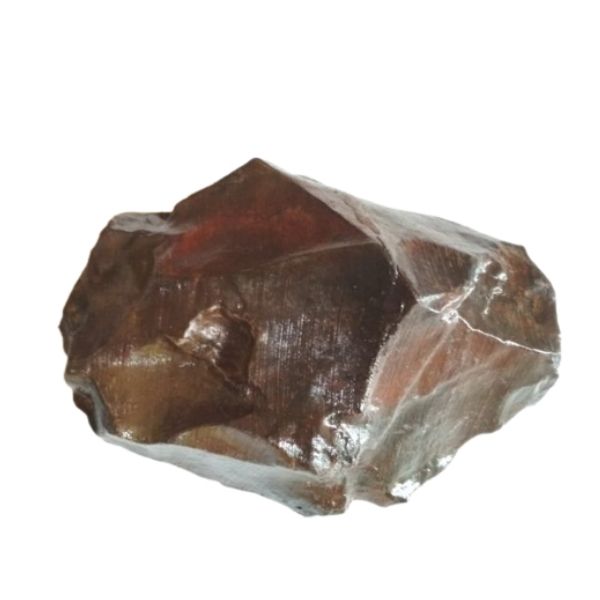
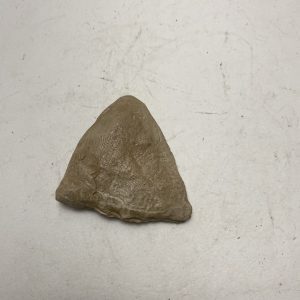
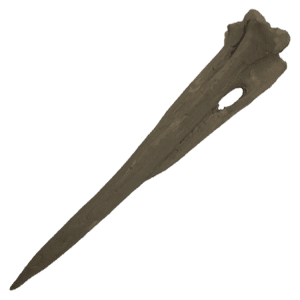
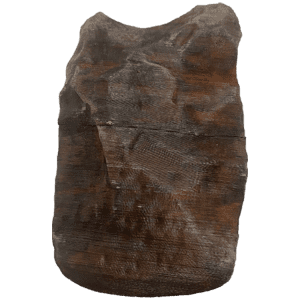
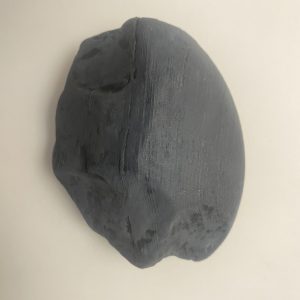
Reviews
There are no reviews yet.